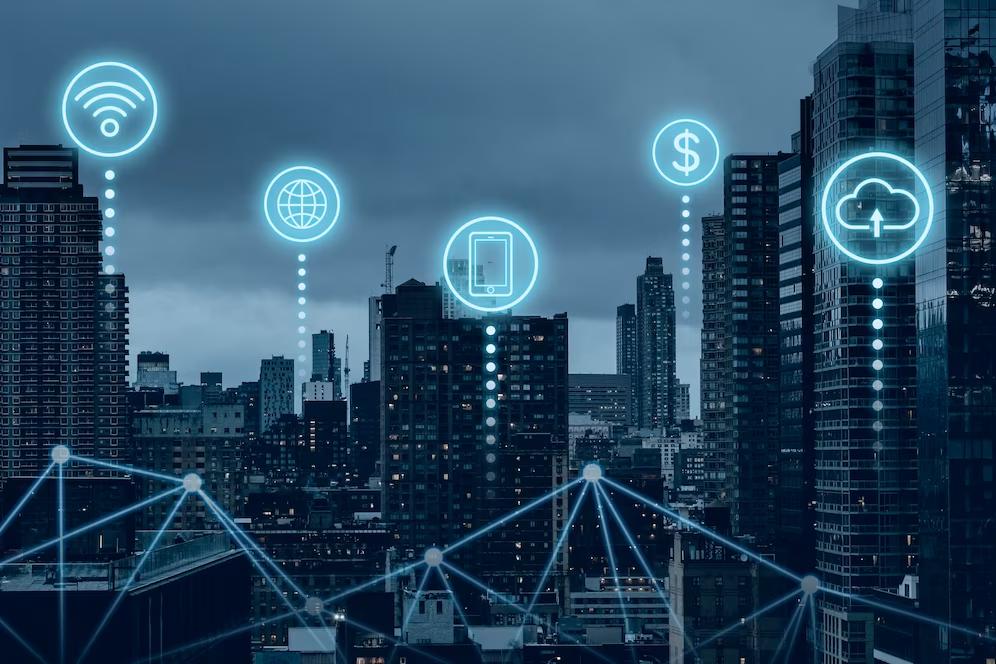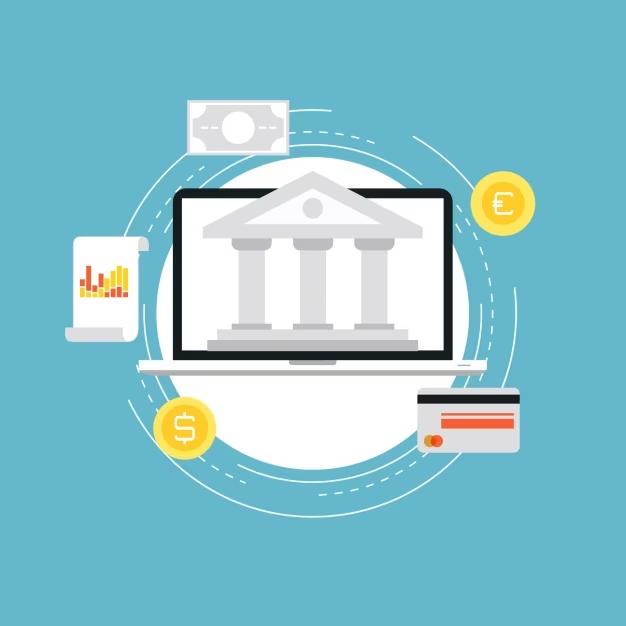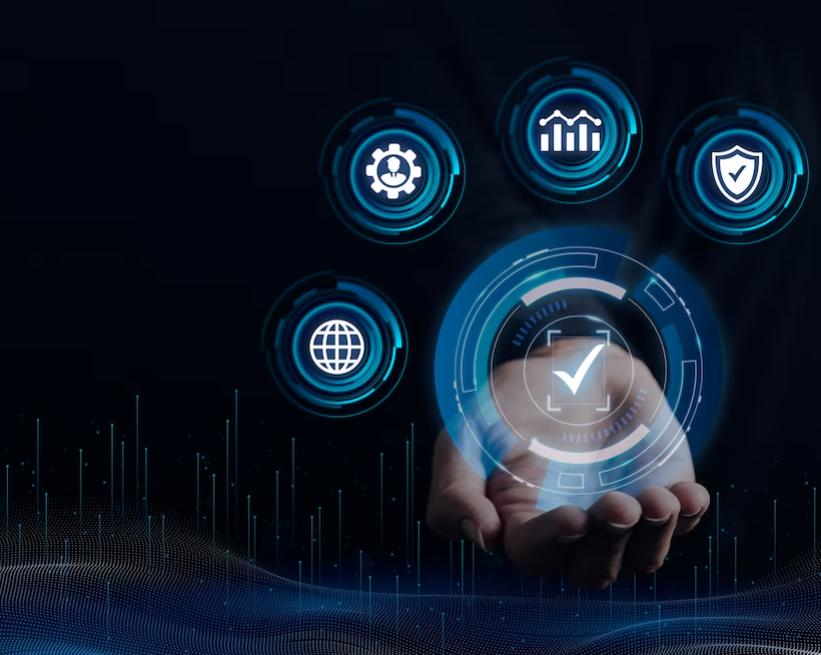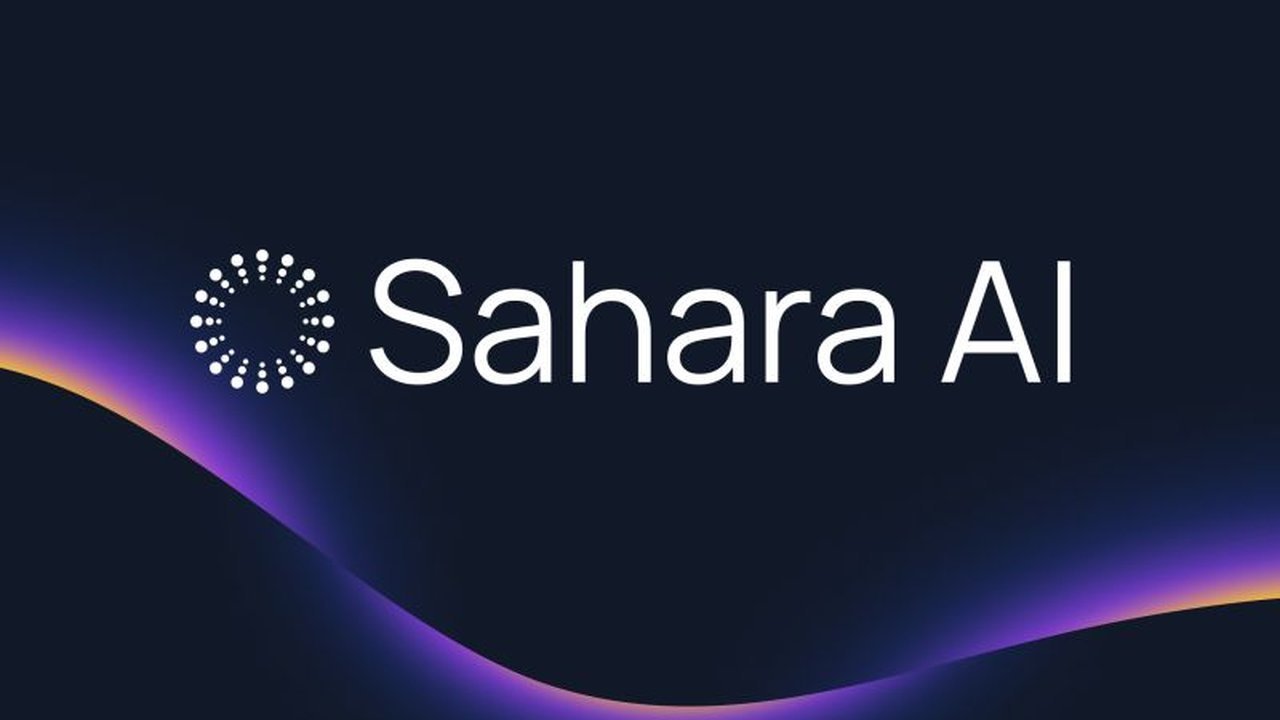2023 will be no exception to the ongoing improvement and evolution of the fintech sector. The fintech market is expected to grow and reach $174 billion in 2023. The adoption of fintech solutions by the banking sector has recently increased dramatically as people become more tech-savvy. Several technological advancements, including SaaS offerings and embedded finance, will influence the fintech sector in 2023.
Also See: Bundle Kitchen Receives $1.25 Million Investment
AI & Machine Learning

Artificial intelligence technology is probably the first development that will influence the direction of fintech in the future. Banking, payments, investments, risk management, and other industries can all be transformed by AI and machine learning. Machines with the capacity to understand their surroundings and take activities that increase their chances of success are referred to as having artificial intelligence. Machine learning is an application of AI that makes use of algorithms to discover patterns in data and learn from it. Both technologies can be used by fintech businesses to automate tasks like loan origination and fraud protection while giving more precise insights into consumer behavior. Businesses can use these tools to increase performance accuracy and efficiency while lowering the costs of manual labor.
Embedded Finance

In the fintech sector, embedded finance has lately gained momentum and is expected to overtake all other trends by 2023. A wide range of financial services and products that can be used within a specific framework or platform are referred to as "embedded finance" in the definition. When these services are integrated within an existing app or platform, users can manage their finances more effectively without hopping between many apps or websites. Additionally, "Buy Now Pay Later" is the embedded finance model with the quickest growth. With this service, customers can make their initial purchases and then spread out their payments over time. As a result, analysts forecast that over the coming few years, the market for embedded financial services will grow by 40.4% yearly.
SaaS

In 2023, software as a service, or SaaS, will be another popular trend to watch out for. According to reports, the SaaS industry is moving forward and will reach the $623 billion milestone in 2023 at a compound annual growth rate of 18%. SaaS services allow businesses to use and pay for cloud-hosted software programs without having to install them on their servers or personal PCs. By doing away with numerous associated administrative expenses, businesses can concentrate their efforts on improving the customer experience. Furthermore, employing SaaS gives users access to robust tools with improved security standards for data management and storage that would be challenging or expensive for individual businesses to establish on their own.
Open Banking

Open banking is a financial technology that gives users more control and freedom over their finances by enabling them to safely exchange their financial information with outside parties. Customers can benefit from its convenience, while businesses can use it to expand into new markets, develop cutting-edge goods and services, and boost productivity through data interchange. For banks, payment providers, and other fintech companies eager to take use of the potential of consumer data, open banking opens up a wide range of opportunities. Customers that use open banking have more control over where their financial data is stored and can swiftly move it between various businesses or give third-party providers access to it as needed. As it offers previously unheard-of levels of openness, control, and choice, open banking has the potential to completely transform how people manage their finances and engage with financial institutions.
IoT

The Internet of Things (IoT) enables physically connected objects to gather data, evaluate it, and take action without human interaction. IoT has improved banking's efficiency, convenience, and security, which has huge ramifications for the fintech industry. Banks can monitor client activity using sensors built into their products and automate reactions based on predefined preferences or behaviors, such as automatic payments triggered by changes in a customer's spending habits or fraud detection algorithms. Voice recognition technology is also utilized for authentication, making login procedures simpler and enhancing security by making accounts harder to steal.
Blockchain

Blockchain is one of the most interesting developments in fintech at a time when technology is still developing quickly. Blockchain is a form of digital ledger that keeps track of and authenticates many kinds of transactions. It enables safe digital asset transfers between people, groups, and machines without the need for a central authority or middleman. Blockchain technology can now be utilized for a variety of financial applications, including payments, transfers, and trading, thanks to its decentralization. Due to its distributed structure, blockchain may have implications for cost reductions in addition to its security advantages. For instance, cutting back on the need of expensive intermediaries like banks or brokers can significantly lower the expenses involved in conducting international financial transactions. Additionally, since every transaction is recorded on an immutable public ledger, there is more transparency, which might help boost confidence in financial systems around the world by lowering fraud and settlement time delays.
Conclusion
Future development will be fueled in large part by fintech. We may anticipate seeing more blockchain, AI, and IoT applications in financial transactions by 2023–2024. Integration and automation will become increasingly complex. As a result, customers will have broader access to services that are more suited to their particular need. Companies must keep ahead of the curve or risk falling behind as technological innovation continues to transform the finance industry.





No comments yet for this news, be the first one!...